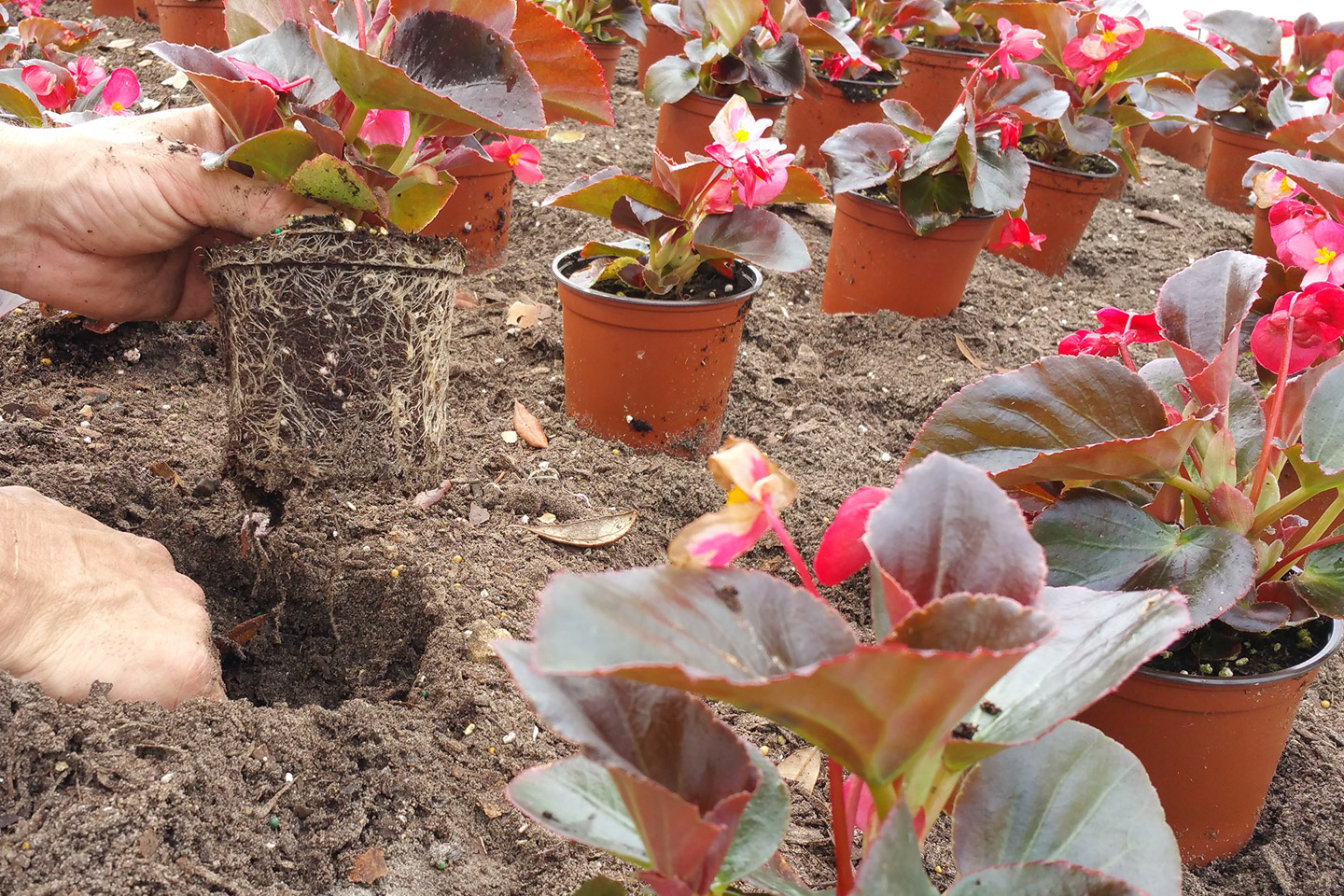The Colors of Spring: Florida's Blossoming Trees and Ornamentals - Sit Down with CEPRA
As winter reluctantly loosens its grip and the days lengthen, a remarkable transformation begins to unfold across the Sunshine State. Florida, renowned for its year-round warmth and vibrant landscapes, welcomes the arrival of spring with open arms. One of the most enchanting spectacles of this season is the blossoming of trees and ornamentals, painting the landscape with a kaleidoscope of colors and fragrances that evoke a sense of awe and wonder.
Springtime in Florida heralds the awakening of numerous flowering trees and plants, each contributing its unique charm to the botanical tapestry of the state. Among the most iconic heralds of spring are the flowering trees, which transform ordinary landscapes into scenes of beauty.
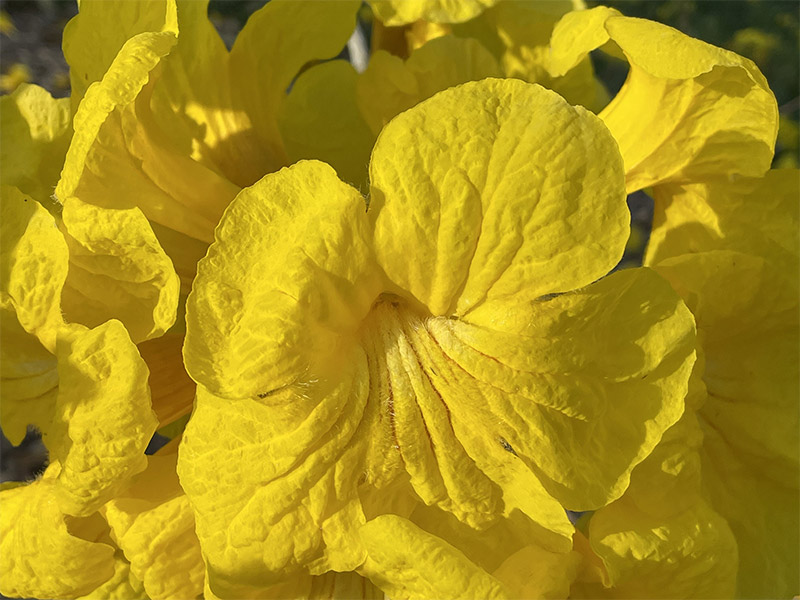
Tab Flower
The majestic Handroanthus trees (formerly known as Tabebuia), with their canopy adorned in hues of yellow and pink, stand as regal sentinels of the season. These magnificent trees, also known as trumpet trees, create a colorful display as their delicate blossoms sway gently in the warm spring breeze. This tree can reach a height of 25 to 30 foot tall with a 25 to 35 foot spread.
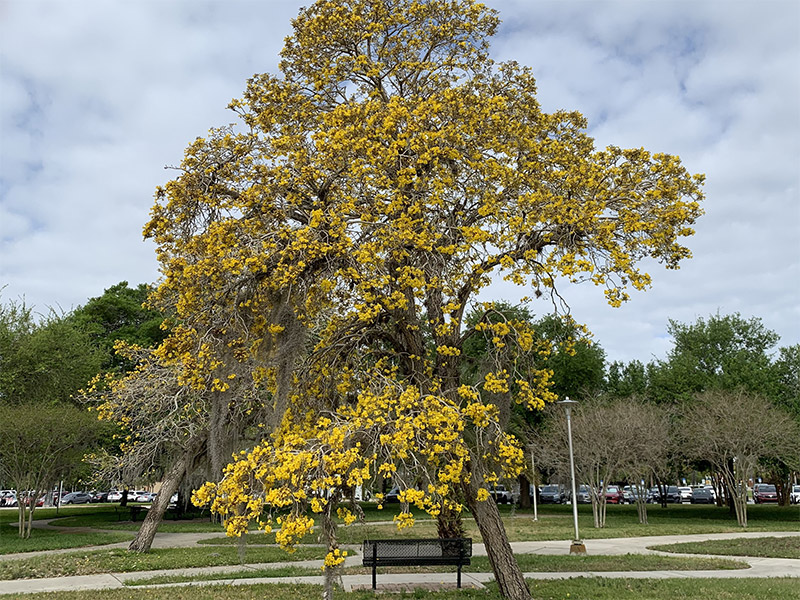
Tab Tree
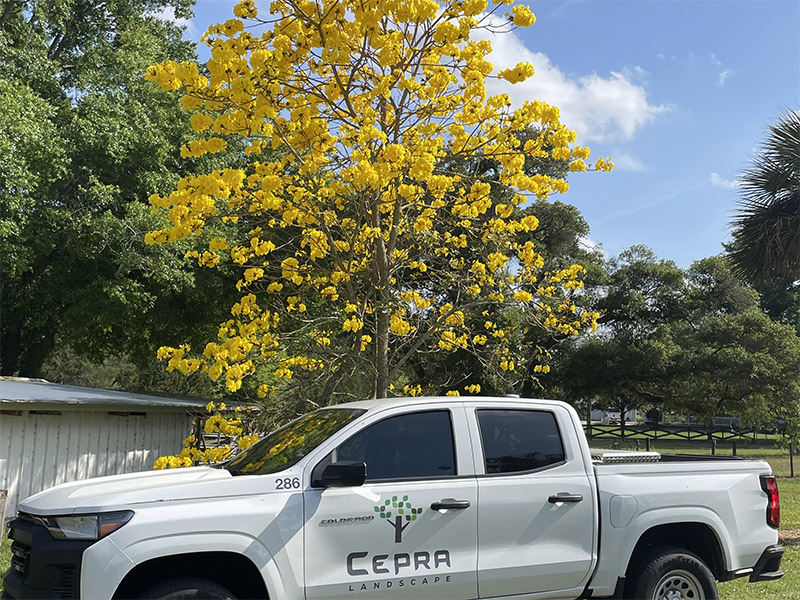
Tab Tree
Not to be outdone, the Bottlebrush tree, with its showy display of fiery red blossoms, command attention wherever it stands. These trees attract an array of pollinators and hummingbirds, coming in both an upright species and one that has a weeping form that can grow up to 25 feet in height.
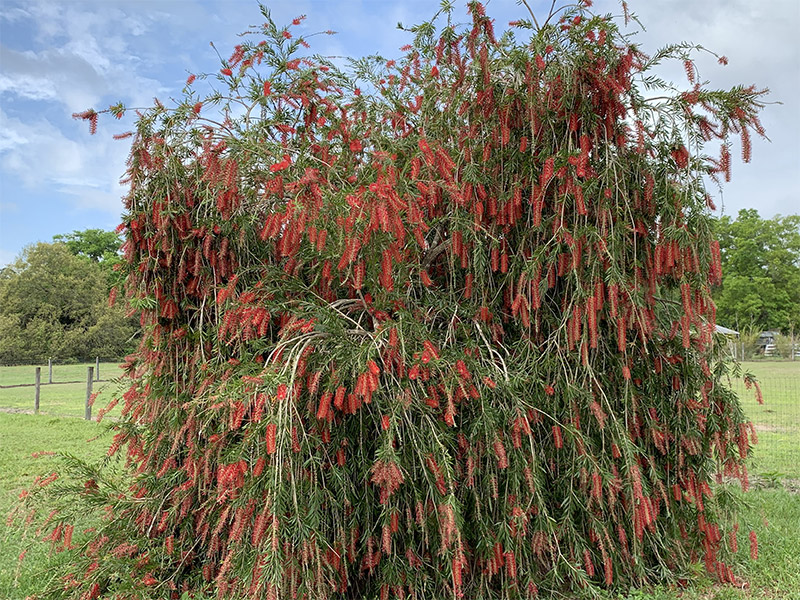
Bottlebrush Tree
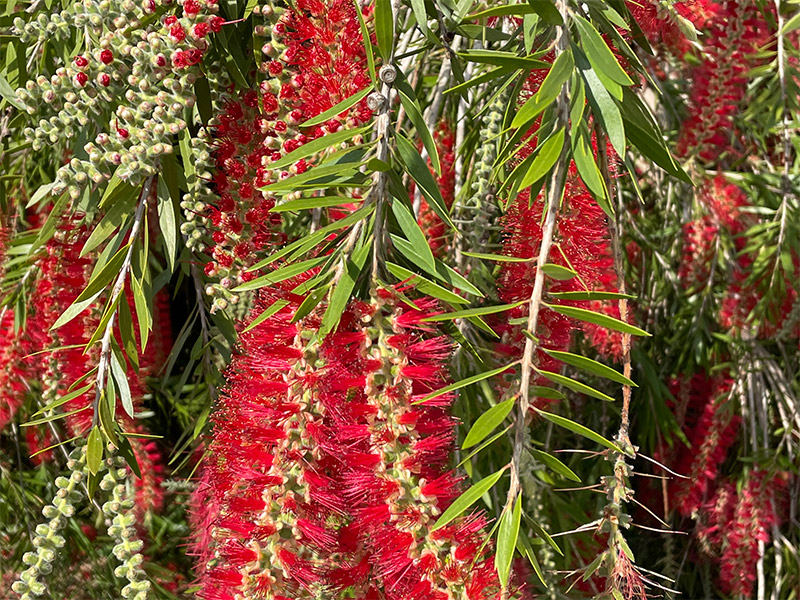
Weeping Bottlebrush
As spring progresses, the blooms of Cherry Laurels, Dogwoods and Magnolia trees unfurl, gracing the landscape with their beauty and elegance. The white blossoms of the Southern Magnolia, Florida's state flower, exude a sweet fragrance that perfumes the air, while the Dogwood's dainty flowers instill the landscape with a sense of delicate charm.
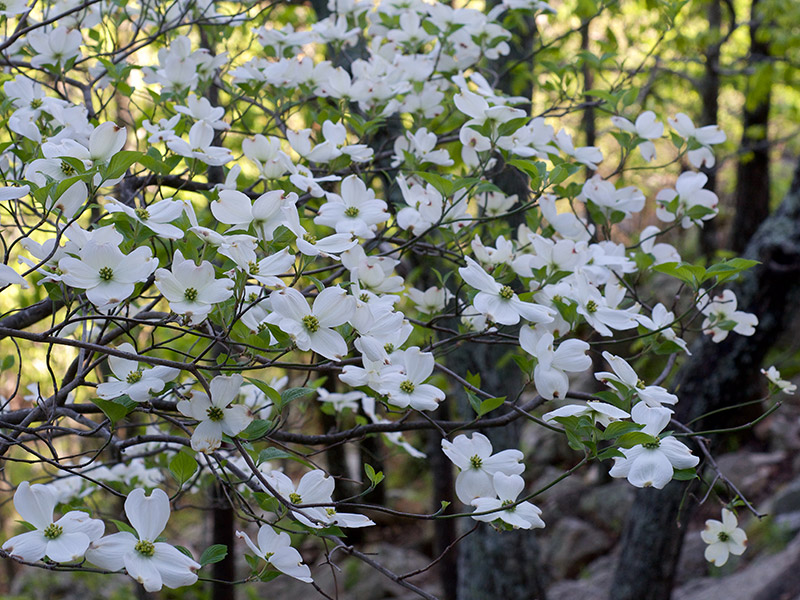
Dogwood Flowers
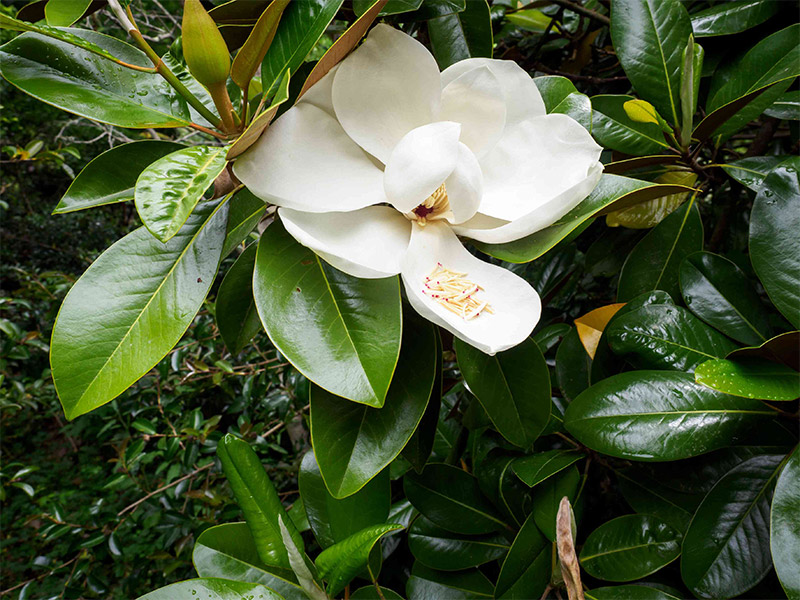
Magnolia Grandiflora
In addition to trees, Florida's springtime landscape is enriched by an array of ornamental plants, each contributing its own unique flair to the season's color palette. Azaleas, with their vibrant clusters of blossoms in shades of pink, purple and white, carpet our landscape with color. These hardy shrubs, synonymous with southern charm, are a beloved fixture of springtime in Florida.
Meanwhile, the cheerful blooms of Bougainvillea cascade over fences and trellises, creating a striking contrast in the landscape. Their papery petals in shades of magenta, purple and coral infuse the landscape with a sense of tropical exuberance, embodying the essence of Florida's laid-back coastal lifestyle.
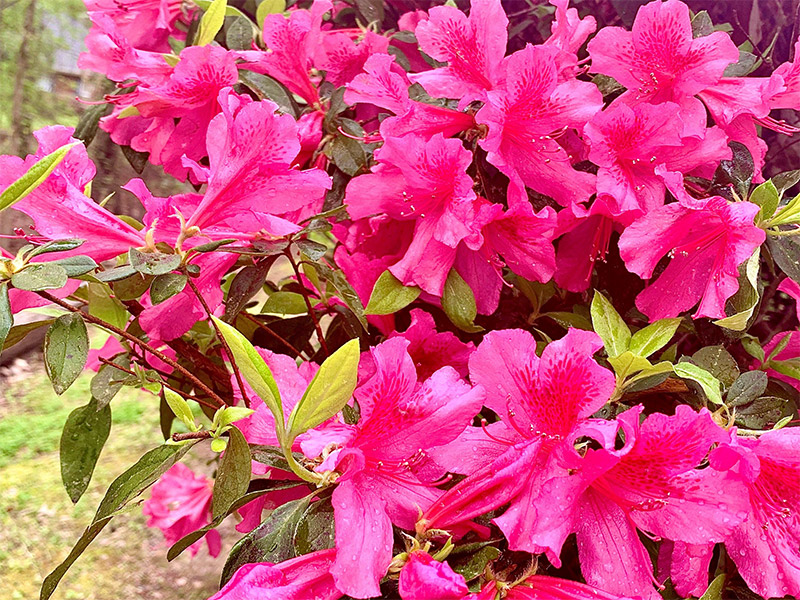
Formosa Azaleas
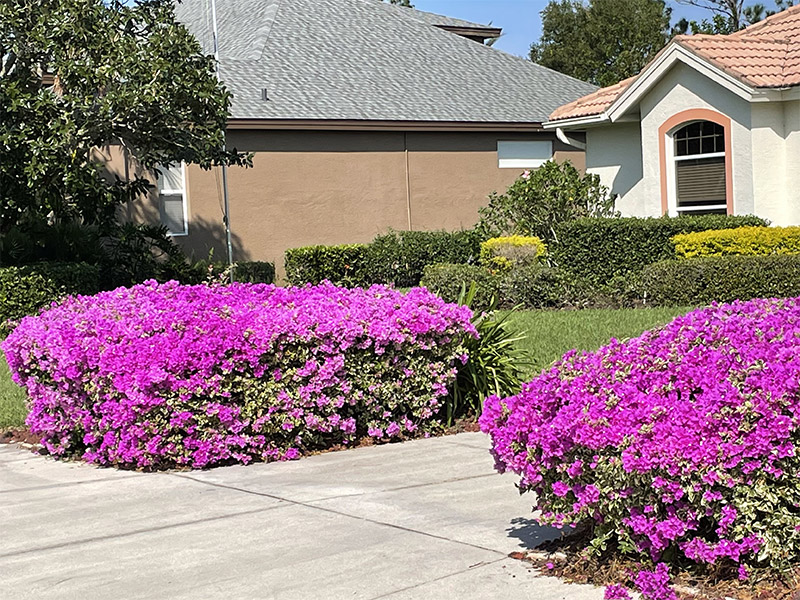
Bougainvillea
The fragrance of Jasmine perfumes the air, its delicate white flowers symbolizing purity and grace. Whether climbing along garden walls or spilling out in the landscape, Jasmine adds a touch of romance to the springtime landscape, evoking memories of warm evenings and moonlit strolls.
Beyond their aesthetic appeal, the flowering trees and ornamental plants of Florida play a vital role in supporting local ecosystems, providing food and habitat for an array of pollinators such as bees, butterflies and hummingbirds. Their seasonal blossoms also serve as a source of inspiration and joy for residents and visitors alike.
As spring unfolds its splendor across the landscape, there is an undeniable sense of renewal and rejuvenation in the air. Florida's flowering trees and ornamental plants, with their beauty and diversity, invite us to pause, appreciate, and revel in the magic of the season. So as the days grow longer and the temperatures rise, let us embrace the beauty of spring and celebrate the tapestry of color that flourishes beneath the warm Florida sun.
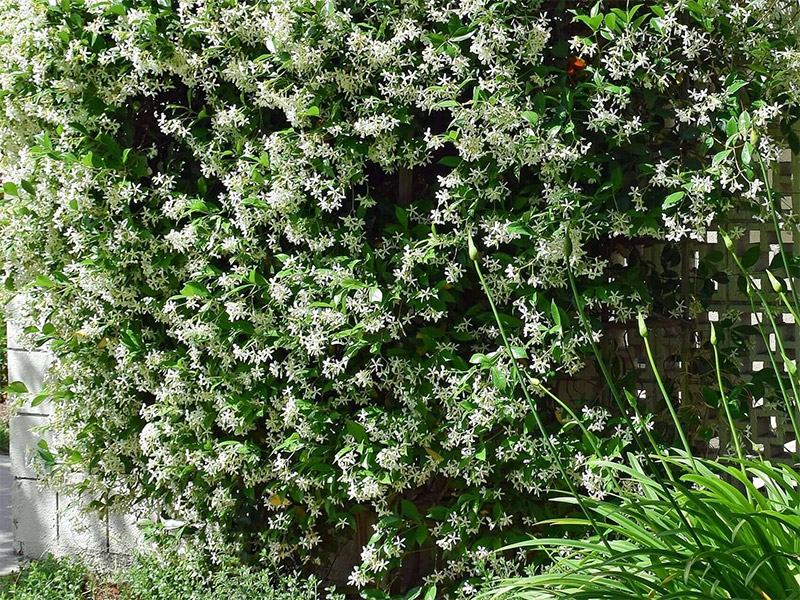
Confederate Jasmine
